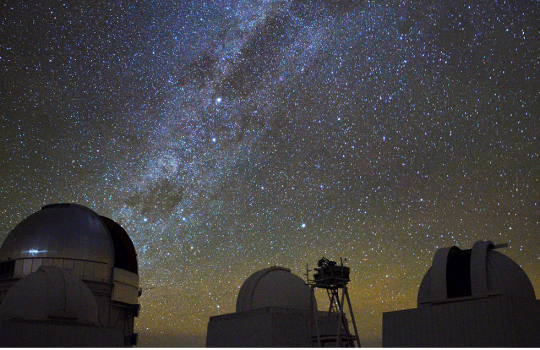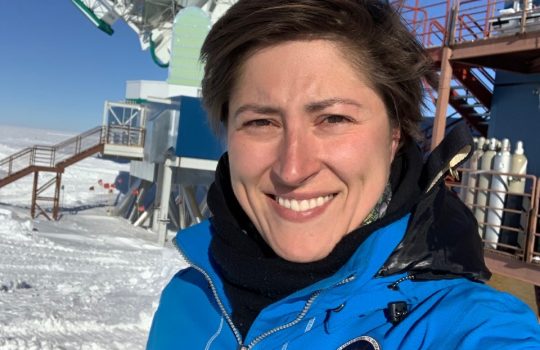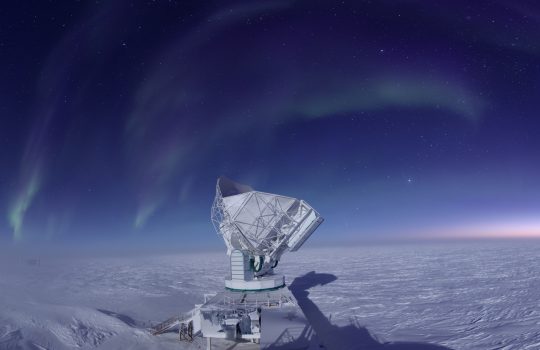3 new studies indicate a conflict at the heart of cosmology
From Big Think, Jan. 31, 2023: Fermilab researchers are part of a group who studied analysis from the South Pole Telescope and the Dark Energy Survey in a series of three scientific papers describing the expansion history of the Universe is tells a confusing tale. The predictions and measurements disagree slightly, it could be a hint that our theories about the Universe need to be revised.





